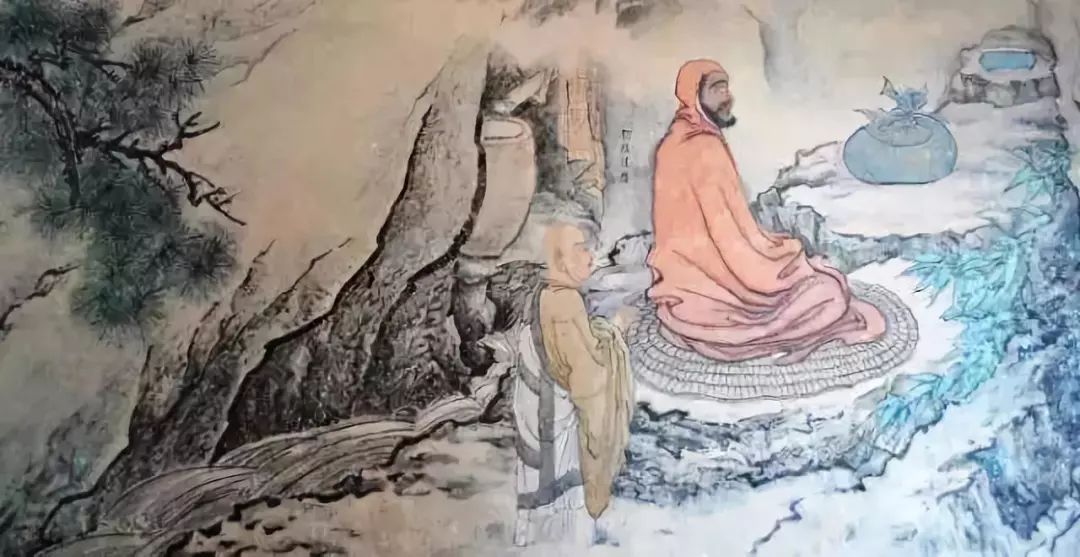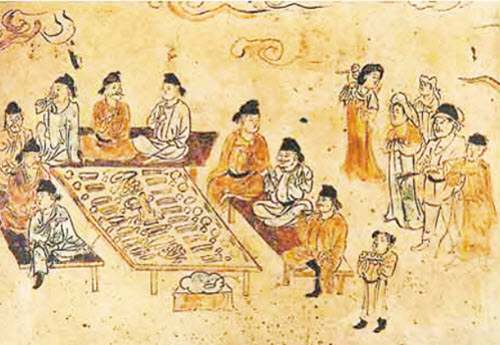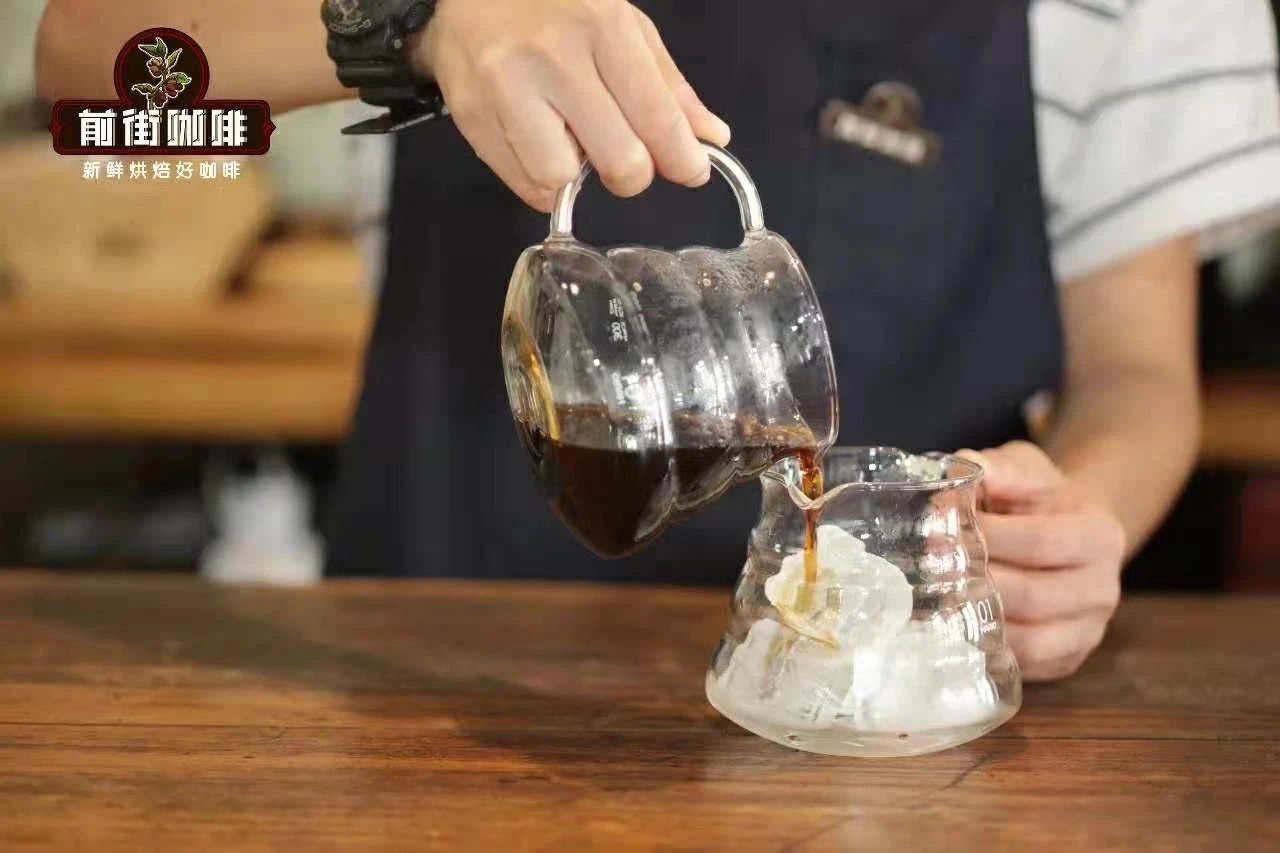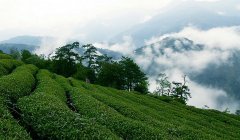A brief history of tea origin stories and culture About the basic origins of tea Where did the knowledge originate
As far away as the Indian continent of South Asia, there is a story about tea:
Tea was discovered by the wandering Master Dharma (460-534 AD). Dharma was born near Chennai (formerly known as Madras) in modern South India. He was the ancestor of Zen Buddhism.
It is rumored that he had faced the wall for nine years, did not sleep, did not sleep, and concentrated on meditation. One day, he felt drowsy.
In order to avoid falling asleep with his eyes closed, he cut off his eyelids and threw them on the ground. (another theory is that Master Dharma fell asleep and cut off his eyelids when he felt angry when he found it. )

In the place where the eyelids hit the ground, tea trees grew later.
There is also a milder version:
Master Dharma had been preaching in China for nine years. one day, feeling sleepy, he picked a few leaves from a nearby tree and chewed. After chewing, he found that his tiredness was gone. And this tree is a wild tea tree.
There is also a saying similar to that of Chinese Shennong's discovery of tea:
Master Dharma was cooking a pot of clean water to drink when a gust of wind blew and a leaf was blown into the pot.
After drinking it, Master Dharma immediately felt awake and full of energy.
The above three versions of the story are widely circulated in the land of India.
In fact, the real history of tea is earlier than that of Master Dharma. According to the Story of Tea by Mary Lou Heiss and Robert J. Heiss, which dates back at least 2500 years, the mountains of Yunnan in southwestern China first mixed tea with herbs, seeds and leaves of trees in the forest. In the Zhou Dynasty (1046-246 BC), people began to boil and drink tea without adding other herbs; in other words, it began to be drunk as tea rather than herbal soup. With the gradual unification of China in ancient times, the technology of processing and brewing tea developed and matured, and tea drinking gradually played up a flavor of art, religion and culture.
In the prosperous period of the Tang Dynasty (AD 618 to AD 907), tea rituals, etiquette and specific tea sets were born.
In that prosperous era, a businessman commissioned Lu Yu to write the first special book on tea, and the Book of Tea was born.
Around 780 AD, Lu Yu collected a concise and understandable masterpiece about tea, the Classic of Tea.
The origin, cultivation, processing and brewing of tea are described in detail in the Book of Tea. A thousand years later, when the British began to produce tea, they still had to rely on it.
However, the Book of Tea is not a technical guide, but more like a work created by a poet with his own imagination and metaphorical creativity.

"its boiling, such as fish eyes, slightly sound, for a boiling; the edge, such as the spring beads, for two boils; Tengbo drum waves, for three boils, has been on, the water is old and inedible."
Lu Yu injected the spirit of soul and practice into the Book of Tea, and emphasized the ritual details of tea-making.
Full of respect for tea, but also accompanied by beauty and restraint "tea sex test, should not be wide"
Lu Yu has become famous in the last few decades of his life, but he faded out of the social circle and lived a lonely and reclusive life. after his death, he was deified by the world as the god of tea.
According to Sen Soshitsu's book The Japanese Way of Tea, tea merchants worship the statue of Lu Yu and pray for a thriving business of tea, but when their tea does not sell well, the merchants will pour hot water on the statue.
Important Notice :
前街咖啡 FrontStreet Coffee has moved to new addredd:
FrontStreet Coffee Address: 315,Donghua East Road,GuangZhou
Tel:020 38364473
- Prev

How many ice cubes are appropriate for ice hands to make coffee? What is the ratio of standard powdered water to iced hand coffee?
Guangzhou can not be said to be very hot these days, it can only be said to be on a par with the Fire Mountain, and even the health baristas in the store have started drinking ice drinks. Recently, many coffee shoppers went to the store to learn about the problem of ice hand brewing, and more of them asked how much ice hand needed to make coffee. What is the role of ice cubes in ice hand brewing coffee? Ice hands are not coffee made with ice water, but with hot hands.
- Next

The main tea producing areas in the world where is the largest tea producing area in China and where is the most famous tea
Taiwan, once known as Formosa Formosa during the great voyage, began to plant tea trees about 200 years ago. Chinese mainland's tea maker moved from China's Fujian Province to Taiwan and found the soil, climate and landscape very suitable for growing tea. Tea trees are usually picked five times a year from April to December. Taiwan is famous for its exquisite oolong tea, including Baotou, Alishan,
Related
- Beginners will see the "Coffee pull flower" guide!
- What is the difference between ice blog purified milk and ordinary milk coffee?
- Why is the Philippines the largest producer of crops in Liberia?
- For coffee extraction, should the fine powder be retained?
- How does extracted espresso fill pressed powder? How much strength does it take to press the powder?
- How to make jasmine cold extract coffee? Is the jasmine + latte good?
- Will this little toy really make the coffee taste better? How does Lily Drip affect coffee extraction?
- Will the action of slapping the filter cup also affect coffee extraction?
- What's the difference between powder-to-water ratio and powder-to-liquid ratio?
- What is the Ethiopian local species? What does it have to do with Heirloom native species?

